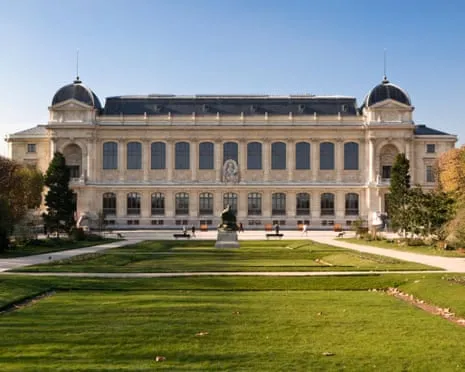Recent Articles
News • Pamela Salinas • Sep 17
News • Pamela Salinas • Sep 17
Today's Top Highlights

News
-

- By Pamela Salinas
- 17 Sep 2025

News
-

- By Pamela Salinas
- 17 Sep 2025

News
-

- By Pamela Salinas
- 17 Sep 2025

News
-

- By Pamela Salinas
- 17 Sep 2025

News
-

- By Pamela Salinas
- 17 Sep 2025

News
-

- By Pamela Salinas
- 17 Sep 2025

News
-

- By Pamela Salinas
- 17 Sep 2025

News
-

- By Pamela Salinas
- 17 Sep 2025

News
-

- By Pamela Salinas
- 17 Sep 2025

News
-

- By Pamela Salinas
- 17 Sep 2025

News
-

- By Pamela Salinas
- 17 Sep 2025

News
-

- By Pamela Salinas
- 17 Sep 2025





















